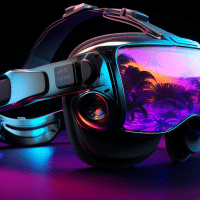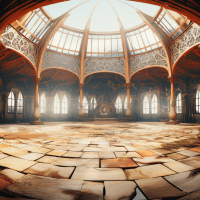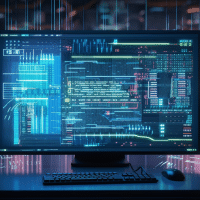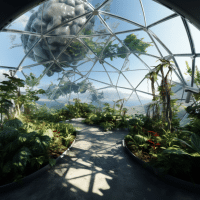Unveiling the Mechanics: How VR Technology Creates Immersive Experiences
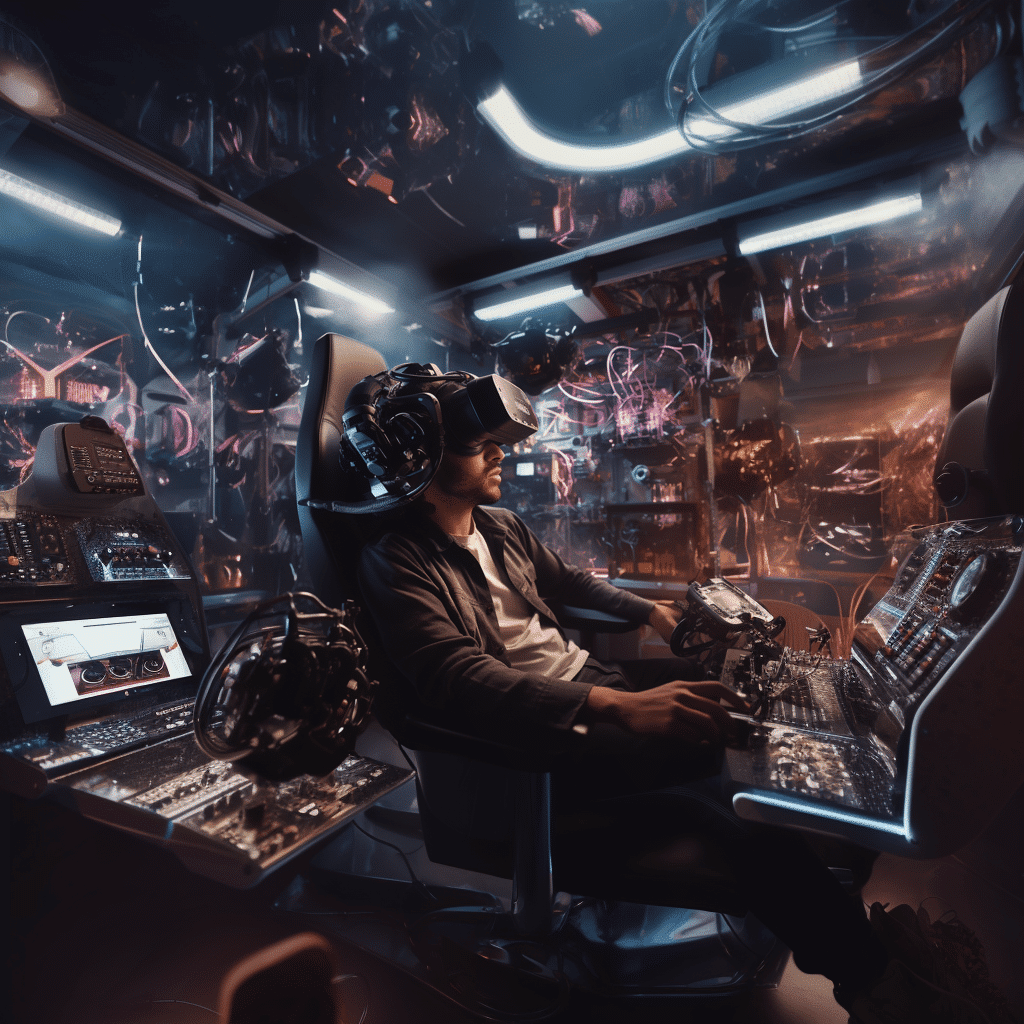
In the realm of technology-driven innovation, Virtual Reality (VR) has emerged as a captivating and transformative force, enabling users to venture beyond the confines of reality and immerse themselves in dynamic, interactive environments. This immersive potential has led to applications ranging from entertainment and gaming to education and training. But how does VR technology work its magic? What mechanics and technologies underpin the creation of these captivating experiences? In this article, we embark on a journey to unveil the mechanics behind VR technology, shedding light on the intricate processes that contribute to the creation of immersive virtual worlds.
The Core Components of VR Technology: A Holistic Approach
In the rapidly evolving landscape of technology, Virtual Reality (VR) has emerged as a captivating and transformative force, promising to transport users beyond the confines of the physical world into dynamic and interactive digital realms. At the heart of this captivating experience lies a meticulously designed integration of hardware, software, and sensory elements, collectively working in harmony to create a sensation of presence within these virtual environments.
This article embarks on an exploration of the core components that underpin VR technology – a holistic approach that combines cutting-edge advancements in technology with the intricacies of human perception to deliver immersive experiences that captivate the senses and challenge our notions of reality. From the head-mounted displays that serve as windows into the virtual worlds to the complex tracking mechanisms that synchronize movement with visual cues, we delve into the foundational elements that coalesce to form the magic of VR technology.
As we uncover the interplay of these components, we gain a deeper appreciation for the intricate mechanics that enable us to step beyond the boundaries of the physical world and immerse ourselves in the boundless realm of virtual possibilities.
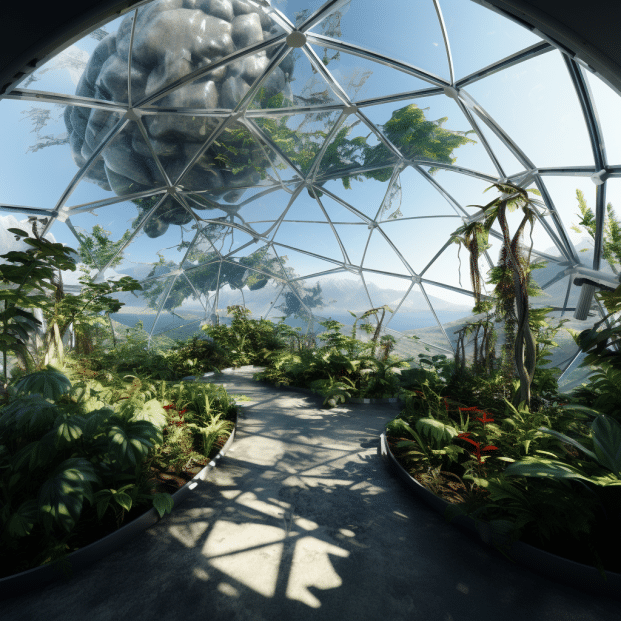
At the heart of VR technology lies a complex integration of hardware, software, and sensory elements. These components work in harmony to create the illusion of presence – the sensation that users are truly existing within the virtual environment. Key components include:
- **Head-Mounted Display (HMD):** The HMD is perhaps the most iconic element of VR technology. It comprises a pair of screens positioned in front of the user’s eyes, effectively replacing their view of the real world with a digital one. These displays are equipped with a high refresh rate to prevent motion sickness and ensure a smooth visual experience.
- **Motion Tracking:** Accurate tracking of the user’s movements is essential for creating a seamless virtual experience. Sensors, cameras, or other tracking devices monitor the user’s head movements and adjust the VR display accordingly. This real-time synchronization between head movement and visual display contributes significantly to the feeling of immersion.
- **Input Devices:** VR experiences often involve user interaction within the virtual world. Various input devices, such as hand controllers, gloves, or even full-body tracking suits, allow users to manipulate objects, navigate environments, and interact with characters and elements in the virtual space.
- **Audio:** Sound is a crucial aspect of immersion. 3D audio technology is employed to create realistic soundscapes that match the user’s movements and interactions. This adds depth to the virtual environment, making it feel more authentic.
- **Computing Power:** Rendering complex virtual worlds demands substantial computing power. High-end computers or specialized VR-ready gaming consoles are required to generate and display detailed graphics at the necessary frame rates for a smooth experience.
Rendering Realism and VR Technology
In the realm of Virtual Reality (VR), the power to transport users to entirely new worlds hinges on the creation of visually immersive experiences that blur the lines between reality and the digital realm. At the core of this captivating visual landscape lies the intricate art and science of rendering realism within virtual environments. From lifelike textures and lighting to intricate details that mirror the physical world, the process of crafting immersive visuals involves a harmonious blend of technological innovation and artistic prowess.
This article embarks on a journey to explore the mechanics behind rendering realism in VR technology, delving into the intricate steps that transform intricate digital models into vibrant and convincing representations of alternate realities. By uncovering the techniques that bring these virtual worlds to life, we gain a deeper understanding of how VR technology captivates our senses and challenges our perceptions, inviting us to venture into the extraordinary and extraordinary alike.
A hallmark of VR technology experiences is the convincing visual realism that transports users to alternate realities. The process of rendering these visuals involves intricate steps that blend cutting-edge technology and artistic prowess:
- **3D Modeling and Animation:** Artists and designers create 3D models of objects, environments, and characters that populate the virtual world. These models are constructed using specialized software and techniques that capture realistic textures, lighting, and proportions.
- **Shaders and Materials:** Shaders are algorithms that dictate how light interacts with objects in a virtual scene. By mimicking real-world materials like metal, wood, and glass, shaders contribute to the visual authenticity of the virtual environment.
- **Lighting and Shadows:** Realistic lighting is crucial for immersion. VR environments replicate natural lighting conditions, casting shadows and reflections that respond to the user’s movements and interactions.
- **Stereoscopy:** Stereoscopic rendering involves presenting slightly different perspectives to each eye, mimicking the way our eyes perceive depth in the real world. This technique creates a 3D effect that enhances the sense of presence.

Achieving Seamless Interaction: User Input and Feedback
In the immersive realm of Virtual Reality (VR), the true magic lies in the ability to not only transport users to fantastical worlds but also enable them to actively engage and interact within these digital landscapes. This dynamic interaction serves as the bridge between the physical and virtual realms, where the user’s gestures, movements, and actions translate seamlessly into the virtual environment. Achieving this seamless interaction is a feat that involves a delicate balance of technological innovation and user-centered design.
From hand controllers that mimic our physical movements to intricate algorithms that interpret gestures and feedback, the mechanics behind user input and feedback form the backbone of VR’s interactivity. This article embarks on an exploration of the art and science behind creating intuitive and responsive interactions within virtual spaces. By delving into the intricacies of input devices, gesture recognition, and full-body tracking, we uncover the mechanisms that empower users to shape and navigate their virtual experiences with unprecedented fluidity.
As we peel back the layers of VR technology interaction, we gain insight into the complexities that enable users to transcend the boundaries of the physical world and become active participants in the enchanting realm of the virtual.
A significant challenge in VR technology development is designing intuitive and responsive interaction systems. The objective is to make users feel like their actions in the virtual world have direct consequences:
- **Hand Controllers and Haptic Feedback:** Hand controllers are equipped with sensors that detect hand movements and gestures. Haptic feedback mechanisms provide tactile sensations to the user’s hands, allowing them to “feel” virtual objects they interact with.
- **Gesture Recognition:** Advanced software algorithms interpret hand movements, gestures, and poses, translating them into corresponding actions within the virtual world. This enables users to point, grab, throw, and manipulate virtual objects naturally.
- **Body Tracking:** For more immersive experiences, body tracking technologies capture the user’s full-body movements. This enables natural movement and interaction in virtual environments, fostering a deeper sense of embodiment.
Creating the Illusion of Space with VR Technology: Spatial Audio
In the captivating realm of Virtual Reality (VR), where visual and auditory senses merge seamlessly, the power to evoke a sense of true presence hinges not only on the visual fidelity of the virtual environment but also on the intricacies of spatial audio. Just as the visual elements transport users to alternate realities, spatial audio completes the illusion, enveloping users in a rich auditory landscape that mirrors the real world.
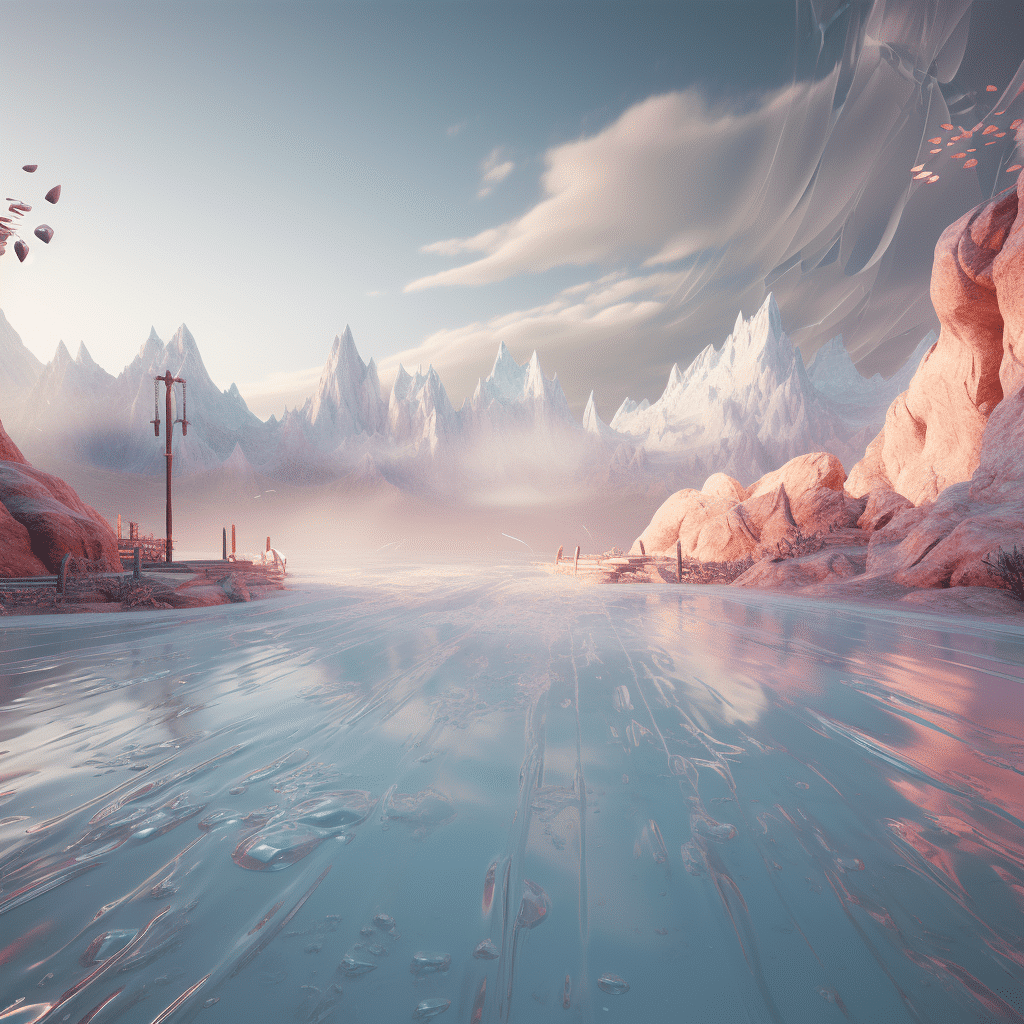
The careful manipulation of sound sources and the integration of binaural audio techniques create a three-dimensional auditory experience, allowing users to perceive sound direction, distance, and depth within the virtual environment. This article embarks on an exploration of the mechanics behind spatial audio in VR, delving into the intricacies that enhance immersion and evoke a sense of being truly present in the digital world.
By uncovering the techniques that recreate the auditory intricacies of reality, we gain a deeper understanding of how spatial audio complements visual elements, blurring the lines between the physical and the virtual and creating an all-encompassing sensory journey into the extraordinary. The possibilities of VR technology are really limitless!
A critical element in creating a sense of presence within VR environments is spatial audio. Unlike traditional stereo audio, spatial audio takes into account the user’s head orientation and adjusts the sound accordingly:
- **Binaural Audio:** Binaural recording techniques capture audio from multiple directions, mimicking the way we hear sounds in real life. When paired with VR headsets, binaural audio provides an uncanny sense of directionality, enhancing the feeling of being present within the virtual space.
- **Sound Source Positioning:** Sound sources within the virtual world are positioned in 3D space, allowing users to perceive the distance and direction of sounds accurately. This creates a more realistic auditory environment, contributing to immersion.
Challenges and Future Directions in VR Immersion
In the dazzling realm of Virtual Reality (VR), where the boundaries between the real and the virtual blur, the path to true immersion is not without its challenges and evolving horizons. As technology propels VR experiences to new heights, complexities, and opportunities emerge that demand both innovative solutions and forward-thinking perspectives. From addressing motion sickness to maximizing display resolutions and field of view, the journey to flawless immersion involves a multi-faceted approach.
This article delves into the challenges that VR immersion currently grapples with and the promising directions that beckon on the horizon. By embracing these challenges as opportunities for growth and evolution, the realm of VR is poised to transcend limitations and propel immersion into uncharted territories, shaping a future where virtual experiences are not only convincing but also emotionally engaging and sensorially captivating.
While VR technology has made significant strides in creating immersive experiences, challenges persist. Motion sickness, caused by discrepancies between visual and vestibular sensory inputs, is one such hurdle. Researchers and developers are working to minimize these discrepancies through improved hardware and software techniques.
As VR technology advances, the future of VR immersion holds exciting possibilities:
- **Higher Resolutions and Field of View:** Advancements in display technology promise even higher resolutions and wider fields of view, enhancing visual fidelity and reducing the “screen door effect,” where users perceive a grid-like pattern on the display.
- **Foveated Rendering:** This technique uses eye tracking to allocate higher rendering resources to the user’s point of focus, resulting in more efficient performance and reduced computational demands.
- **Neurofeedback Integration:** Some researchers are exploring the integration of brain-computer interfaces to enhance VR experiences. This could enable direct communication between the user’s brain and the virtual environment, unlocking new dimensions of immersion.
In conclusion, the mechanics behind VR technology are a symphony of hardware, software, and sensory inputs that harmonize to create immersive experiences that blur the lines between reality and virtuality. From head-mounted displays and motion tracking to rendering realism and spatial audio, each component contributes to the sensation of presence within virtual environments. As VR technology continues to evolve, the potential for more realistic, responsive, and emotionally engaging experiences within virtual worlds is on the horizon. VR’s ability to transport users to places previously inaccessible and immerse them in scenarios unattainable in the physical world has only just begun to unfold.








